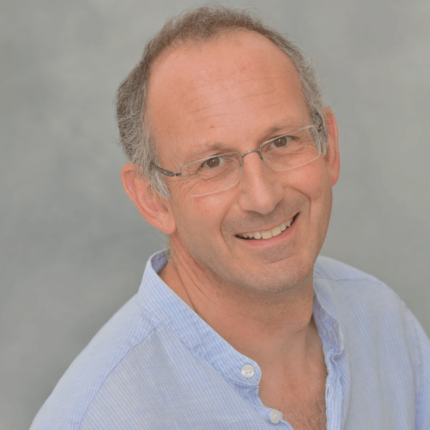The image of an ivory tower presents universities set apart from their surrounds. And yet many – if not most – higher education institutions are physically, socially, culturally economically and environmentally very present within cities, towns and neighbourhoods.
As examples, take the universities that I’ve worked for: Newcastle is easily identified in the city centre skyline, Gloucestershire’s campuses reside within Cheltenham and Gloucester, and even the University of the Highlands and Islands, with its study centres on mainland Scotland and throughout the Outer Hebrides. But beyond hackneyed phrases of serving communities, driving local economies and providing jobs, are universities really just extractive industries preying on their host settlements? Ivy on an unfortunate tree? Or cuckoo in the civic nest?
In my experience – as a predominantly teaching academic – there are too many occasions where we use communities as a live laboratory. In sociology, carting students round to look at poor people; viewing planning blots on the landscape; getting local views to inform university assignments. But this is only half the story; the other 50% should involve academic teachers and learners in developing critical thinking around issues and opportunities; reviewing what is and what isn’t, and then working in partnership with local people towards mitigation or solution.
This other 50% is the more demanding, taxing and I would argue, crucial: Once staff and students have an idea of the state of their communities, what are they going to about it? As the Marxist philosopher of science JD Bernal observed, the (natural and social) scientist is citizen first and scientist second. Bernal exhorts all of us in academe to take responsibility for the immediate vicinity and its people.
American educationalist John Dewey put it elegantly in 1900 when he asserted “[The school itself] shall be made a genuine form of active community life, instead of a place set apart in which to learn lessons.” This tees up possibilities for mutual benefit – based on Dewey’s contention that genuine education comes through experience. He also believed that interaction between individuals and their surrounds can foster reflection – on what we are doing, and why we are doing it. Dewey envisioned a time when education is community-based. Now, surely, is that time?
And so to the ‘Civic Curriculum’. It’s an inelegant term, almost as baffling as ‘sustainability’. The Stanford Encyclopedia of Philosophy emphasises that its goal is educating “youth to be ‘civic-minded’; that is, to think and care about the welfare of the community… and not simply about their own individual well-being.” So, as an extension, I believe that civic curriculum and civic education should be about purposeful fun; the combining of learning, skills acquisition with practical benefits for society, and an enjoyment in the endeavour. Encompassing the finding of projects, policies, ventures and initiatives that fascinate the individual student whilst helping others, and in the process assisting students-soon-to-be-graduates to persuade a future employer of their practical credentials. But exploring the local terrain is also a means by which to introduce a student to their future university ‘home’. How many times do staff overhear undergraduates feigning ignorance or amazement about things close to the campus?
Civic engagement can also support the transition from university into work, through engendering student team work, problem solving, timekeeping, personal organisation, and work with agencies and individuals in the immediate locality. That, in turn, can lead to students gaining confidence, multiplying their knowledge & capabilities, and priming them as agents of change. American researchers DeLind and Link argue that “daily life is not a backdrop to education, but education itself…students need to carefully and critically examine what exists under their feet and outside their front (and back) doors.” Why do UK students need to visit far-flung locations, burning up fossil fuel in the process, when there are so many issues and opportunities on our own doorstep?
There are real possibilities for a win-win – for universities, their students and staff – and organisations and individuals in their orbit. The great educationalist Ernest Boyer argued that the “academy must become a more vigorous partner in the search for answers to our most pressing social, civic, economic and moral problems, and must affirm its historic commitment to what I call the scholarship of engagement”. There are so many potential mechanisms by which to ensure study and practice gains: internships, job shadowing, assignments dealing with ‘live’ local matters; reflective portfolios; consultancies, projects and proposals by undergraduates for the geographical communities in which they invariably live. But the watchword must be ‘mutuality’.
This was perhaps expressed best by none other than Martin Luther King, Jnr in the Strength to Love speech of 1963:
“All people are caught in an inescapable network of mutuality, tied in a single garment of destiny. Whatever affects one directly affects all indirectly. I can never be what I ought to be until you are what you ought to be…This is the interrelated structure of reality.”
Only when teaching and learning make a positive difference to the lives of all – both within and without universities – can we truly claim the mantle of transformative education.












